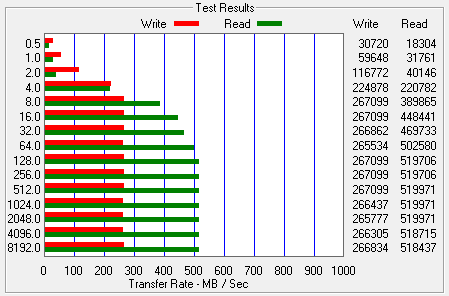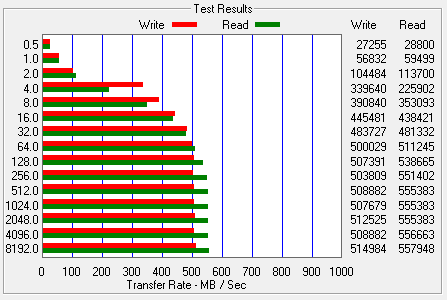Lenovo IdeaPad U300s Ultrabook Review
|


SANDRA Processor Arithmetic and Multimedia Performance


SANDRA Memory Bandwidth and Physical Disk Performance
The other, less significant shortcoming is its SSD performance, which only pulls about 234MB/sec or so in the read test that SANDRA runs on a formatted drive. This isn't a bad score by any means; a standard 2.5" hard drive could barely break 100MB/sec in this test. However, we've seen SSDs in Dell and Asus machines breaking the 500MB/sec barrier. Let's look a bit closer at SSD performance with ATTO.
|

Lenovo IdeaPad U300s - ATTO Test

Dell XPS 13 - ATTO Test

Asus Zenbook UX21

Toshiba Portégé Z835-P330







